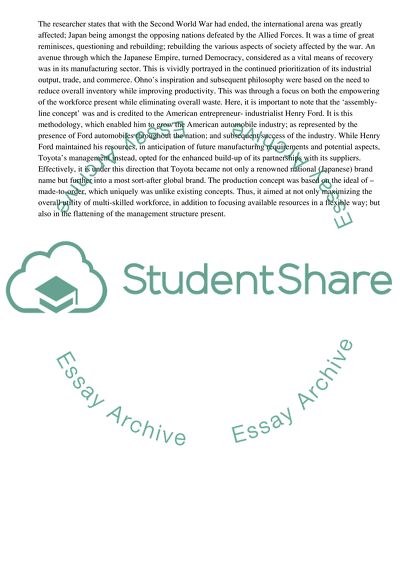Cite this document
(Lean Production and Management Research Paper Example | Topics and Well Written Essays - 2500 words, n.d.)
Lean Production and Management Research Paper Example | Topics and Well Written Essays - 2500 words. Retrieved from https://studentshare.org/management/1829871-lean-production-and-management
Lean Production and Management Research Paper Example | Topics and Well Written Essays - 2500 words. Retrieved from https://studentshare.org/management/1829871-lean-production-and-management
(Lean Production and Management Research Paper Example | Topics and Well Written Essays - 2500 Words)
Lean Production and Management Research Paper Example | Topics and Well Written Essays - 2500 Words. https://studentshare.org/management/1829871-lean-production-and-management.
Lean Production and Management Research Paper Example | Topics and Well Written Essays - 2500 Words. https://studentshare.org/management/1829871-lean-production-and-management.
“Lean Production and Management Research Paper Example | Topics and Well Written Essays - 2500 Words”, n.d. https://studentshare.org/management/1829871-lean-production-and-management.


